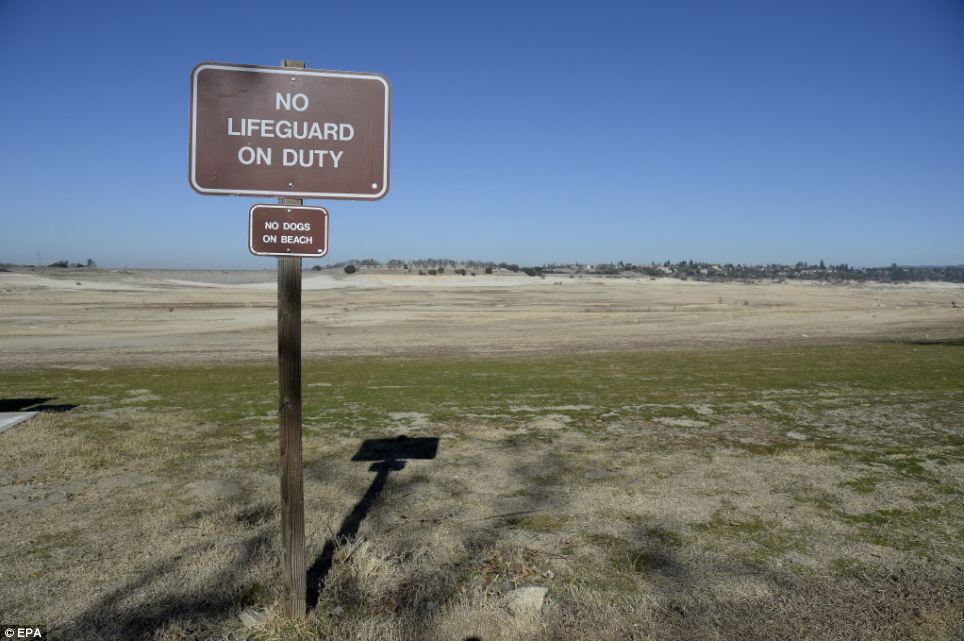
Planning for climate change impact
Planning for climate change impact. How can society plan for the future if we only look at individual issues in isolation? Climate change impact studies typically focus on a single sector such as agriculture, forestry or water, ignoring the implications of how different sectors interact. A new study, published in Nature Climate Change, suggests that an integrated, cross-sectoral approach to climate change assessment is needed to provide a more complete picture of impacts that enables better informed decisions about climate adaptation.
The importance of a cross-sectoral approach as a prerequisite for any type of comprehensive climate impact assessment is not a new notion. Already stressed by the Intergovernmental Panel on Climate Change (IPCC), it is surprising that until now no published research has assessed the differences between impacts simulated by single sector and integrated models.
As a part of the FP7-funded EU project IMPRESSIONS* which aims to assess the implications of high-end climate change (+2 degrees and above), the new paper aims to demonstrate the benefits of using multi-sectoral modelling approaches.
“To address the current knowledge gap, in our paper we compare 14 indicators derived from a set of impact models run within single sector and integrated frameworks across a range of climate and socio-economic scenarios in Europe. The results show that single sector studies misrepresent the spatial pattern, direction and magnitude of most impacts because they omit the complex interdependencies within human and environmental systems”, explains Dr. Paula Harrison, Center for Ecology & Hydrology (CEH), UK.
In reality, it is often through the socio-economic drivers that cross-sectoral impacts become evident, as policy effects in one sector can have indirect effects in others. For example, measures designed for coastal flood defence also impact on coastal habitats and biodiversity, or changes in water allocation schemes affect the water available for irrigation of agricultural crops. Exactly these important nuances are lost in single sector studies, where one aspect is taken out of its context.
Using the CLIMSAVE Integrated Assessment Platform (IAP), which links models of agriculture, forestry, urban growth, land use, water resources, flooding and biodiversity, the new study compares single-sector and integrated modelling approaches and their outcomes.
The resulting discrepancies are particularly evident for indicators such as food production and water exploitation which are highly influenced by other sectors through changes in demand, land suitability and resource competition.
“This analysis has demonstrated quantitatively for the first time the uncertainty arising from a single sector perspective. This highlights the importance of developing adaptation plans that are robust to changes in climate and socio-economic pathways and that take account of cross-sectoral interactions”, concludes Dr. Harrison. Planning for climate change impact
###
Additional information:
*This research is funded by the FP7-funded EU project IMPRESSIONS: Impacts and Risks from High-end Scenarios: Strategies for Innovative Solutions, Grant Agreement No 603416.
IMPRESSIONS aims to advance understanding of the implications of high-end climate change, involving temperature increases above 2°C, and to help decision-makers apply such knowledge within integrated adaptation.
Contact:
Dr. Paula A. Harrison
Centre for Ecology & Hydrology (CEH)
Email: PaulaHarrison@ceh.ac.uk
Tel: +44 1524 595858












